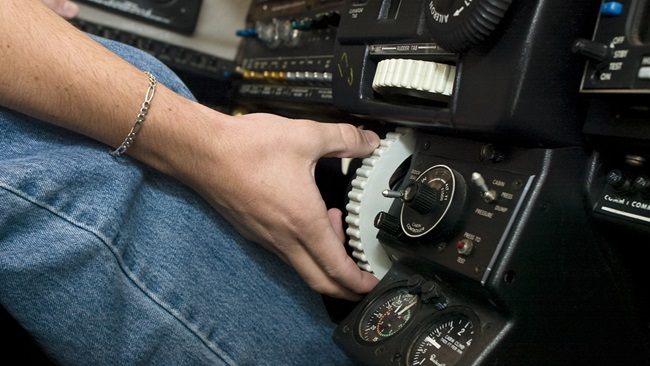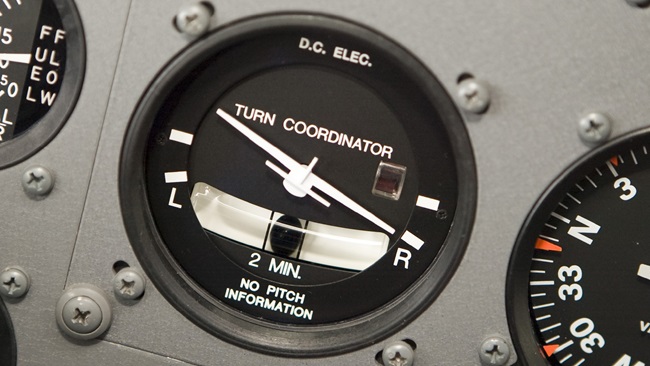How It Works: Composite construction
Better than the sum of its parts

Fibers in a composite generally alternate direction.
Illustration by Steve Karp
In advanced composites such as fiberglass and carbon fiber, fibrous material embedded in a resin matrix produces a material with properties superior to those of its component parts. Sheets of fiber cloth generally are layered into a mold that is then filled with resin and heated or air cured. The fibers give the composite its strength and stiffness, while the matrix supports the fibers, bonds them together, and makes the composite resistant to environmental factors. A lightweight core material such as aluminum, paper honeycomb, or foam between two layers of composite material increases the part’s stiffness.
Because a cloth’s strength is only in the direction of the fiber, fibers in a composite generally alternate direction. Manufacturers can tailor the properties of a composite—for instance, create stiffness in one direction and flexibility in another—by customizing the direction and weave of the cloth. Using composites rather than aluminum facilitates more design flexibility for parts’ shapes.
A composite such as carbon fiber is stronger and lighter than aluminum, but it also is more costly and has a lower conductivity; aircraft parts prone to lightning strikes need a lightning protection mesh or coating. Composites also are more damage-tolerant than metals, but internal defects and damage are harder to detect.
Fiberglass is often used for smaller components such as fairings or wing tips. Carbon fiber, which is stiffer and stronger than glass fibers, may be used for structural components such as stabilizers, flight controls, or wings—even the fuselage. You may recognize the sleek look of molded composites in the curves of Cirrus and Diamond aircraft designs.
Homebuilts to spaceships
Perhaps nowhere are composites more on display than in the prolific designs of Burt Rutan. Distinctive Rutan designs range from the canard-equipped VariEze and Long-EZ amateur-built aircraft to the Voyager, the first aircraft to fly nonstop around the world without refueling. Rutan founded Scaled Composites, which designed SpaceShipOne and its successor SpaceShipTwo for Virgin Galactic’s commercial spaceflight program.



